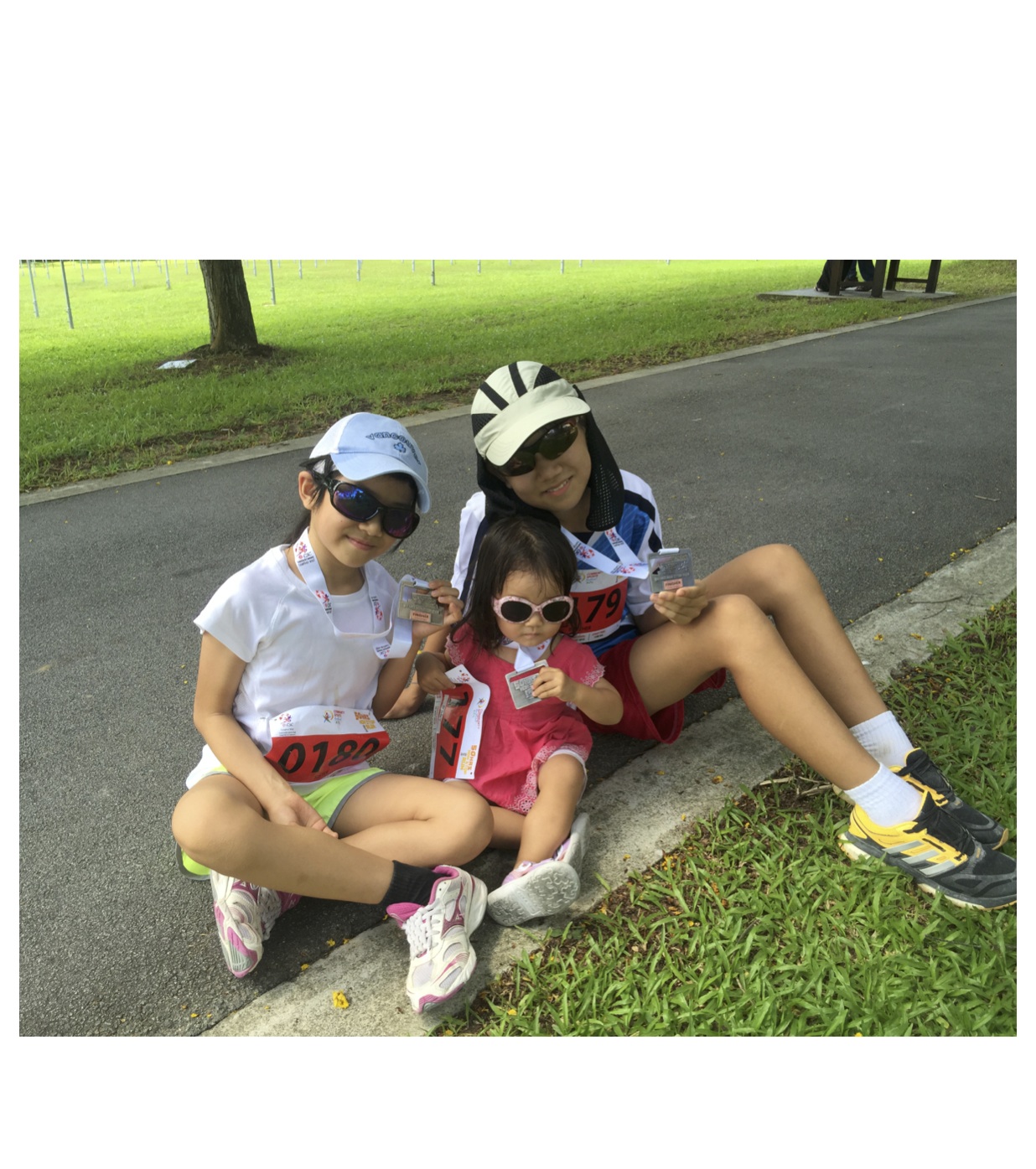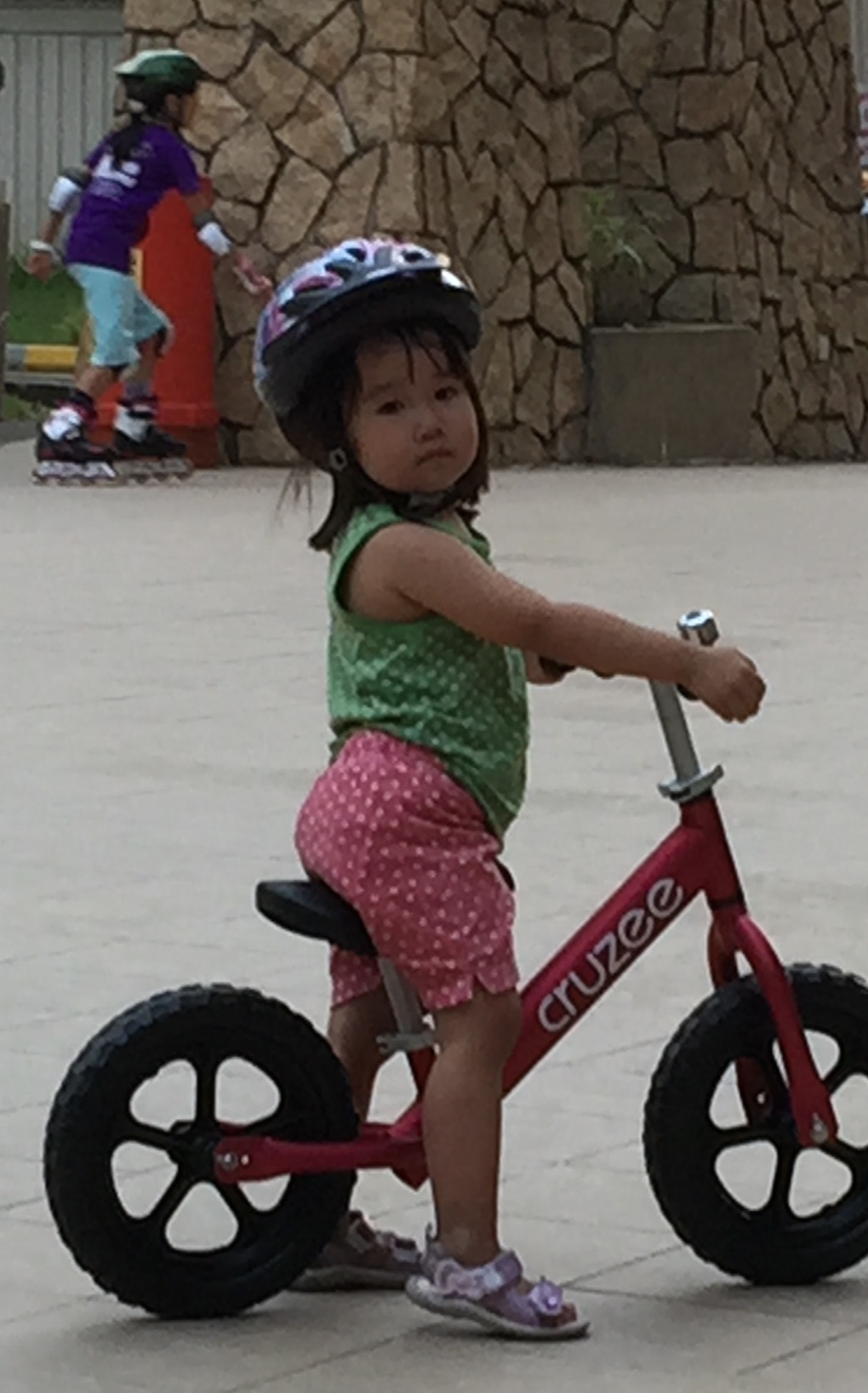As parents, we do our utmost best to provide the most wonderful opportunities for our children. We want our children to succeed. We want our children to soar.
However, if we really pause and think about it, bringing out the best in our children does not necessarily mean sinking in big money after tuition or enrichment classes for our children. It does not mean frantically sending them from class to class, from tuition centre to enrichment centre to dance studio and so on. Sure, those might help a little but to really bring out the best in our children, we just need to be the parents our children deserve. How do we become the parents our children deserve? How do we bring out the best in our children? There are many ways to do that. But here are the 3 SUREST ways:
1) Develop Strong Parenting Skills
If we want to be parents who know what we are doing, we need to learn the skills and strategies needed to parent well. The fact you are reading this blog shows you are a parent who is looking to constantly up your parenting skills. Congratulations!! Unfortunately, some parents are unable or unwilling to invest time to read up on parenting or attend a parenting workshop or talk. Every stage of our children’s development requires new skills and understanding. Parenting is a job that requires constant on-the-job training if we want to do it well. If you want to learn more, check out my series of Decoding Your Child™ programs.
2) Understand Physiological Development of Our Children
When we understand our children’s physiological development, we know what they can or cannot do. When it comes to babies and toddlers, we KNOW their physical limitations. We obviously can’t give hard solid food to babies whose teeth have not come in so we don’t push them to eat solids before they are ready. We know our babies need to be watched over constantly so they don’t get hurt. We know it takes them many falls before they finally learn to walk so we do not insist they walk before they can crawl. We set our expectations and we encourage them based on what they are physically capable of doing.
Likewise, when our children become teenagers, we know they reach puberty and are maturing sexually so we might talk to them about the birds and the bees (actually, that talk needs to be done BEFORE the onset of puberty). Generally, parents also understand teenagers are temperamental because of hormonal influx so we cut them more slack. But why are teenagers so absent-minded? Why do they persist on bad behaviors despite knowing the dire consequences of their actions? Shouldn’t they know better?
The reason for these non-sensible, they-should-know-better behavior is because the prefrontal cortex (decision making faculty) of a teen’s brain is the last part of the brain to be developed. Their ability to weigh outcomes, make judgments and control emotions is still immature. Couple that with the advanced development of the nucleus accumbens (fun seeking faculty) and we end up with teenagers who do as they please regardless of consequences. When we understand the physiological development in the brains of our teens during this period of time, we would be a lot more understanding and gentler in our interactions with them.
Permissiveness Vs Understanding and Empathy
Don’t get me wrong. I’m not saying we should just let our children behave the way they do because that’s how they are wired. Being permissive and letting the children run wild without guidance is NOT what good parenting is about. Instead, we are aiming for understanding and empathy. When we know why they behave the way they do, we can guide and help them better.
For example, when we give a toddler a spoon to feed herself, we know she is going to make a mess because she neither has the muscle coordination nor concentration to feed herself properly. So instead of scolding her when she does make a mess, we guide and help her hold the spoon properly and we do it repeatedly until she gets it. We might even invite her to help us clean up the mess she made, not because we want to punish her, but because we want her to feel empowered to help. Very often, it’s not the act, in this case, cleaning up, that conveys meaning. It is the way we want the act done. The tone and intention we set when inviting her to clean up sends the message of whether it is a punishment or an invitation for her to help.
When it comes to teens, we tend to think of them as mini-adults, capable of thinking, feeling and reasoning the way we do. But most teens are NOT mini-adults. They might be as tall as an adult, at least my teenager is taller than I am, but their brains are not as developed as adult brains. Our teens are doing what they are doing with what they have, and believe it or not, they are trying their best. They just lack the ability to make wise decisions because their prefrontal context is not fully developed. Hence, as their parents, we “help” them make wise decisions by putting in place systems, structures and maybe even constant guidance under our eyes to keep them on task. It is imperative that we do so with love and gentleness, just as we would be gentle in helping our toddler feed herself and in inviting her to clean up her own mess.
With our understanding of the physiological development of our children at different stages of their lives, we know what they are physically able to do. It prevents us from having unreasonably high expectations. At the same time, it prevents the children from feeling they disappointed us because they cannot meet our expectations. And because now our expectations are reasonable and achievable, we are better able to help them meet those expectations, thereby helping them be the best they can be based on their abilities.
3) Understand Psychological Development of Our Children
While it is easier to see the physiological development in children, when it comes to psychological development, parents are typically in the dark. Do we realize that from birth till the age of 3, our children’s sense of security and confidence come from how promptly and lovingly their cries are attended to? And because of how vulnerable our children are during that period of time, they form very deep connections with their primary caregivers, especially if the caregivers are loving and nurturing? Do parents realize that when we fail to connect deeply with our babies when they are young, there will always be some sort of invisible unexplainable emotional distance between us and our children as they grow up? When we are aware of the psychological development of our babies and the impact our actions have on them, would we parent a little differently when our children are young?
It is still possible for us, working parents, to establish strong ties with our little ones. In Singapore’s society where domestic helpers are common in households, some parents rely on their helpers to do everything that is childcare related. However, I would urge all parents to make it a point to be the ones who respond to our babies cries when we are home. We can set aside time to play with them, have meals with them and put them to bed. We can be the ones who carry them when we go out. If possible, be the person who bathes or showers them, be the person who brush their teeth. These are intimate caregiving activities that bond a child to his caregiver. The more effort we put in to giving care to our babies, the deeper our connection with them will be. And a strong parent-child connection is crucial when our children are growing up and we want to influence and guide their behaviour.
What about our teens? They too undergo psychological development. Their self consciousness is at its peak. They think that everyone is looking at their every single move. They fret about having said something wrong because they are certain everyone had heard them and would remember it for life. If we embarrass our teens in public, they will never forget it. They might also never forgive us because in their minds, whoever had witnessed them being embarrassed would always remember it. The teens will even believe that those people are talking about the incident behind their backs ALL THE TIME. Knowing that, would we be mindful of our interactions with our teens, especially in public?Would we be more understanding of their social awkwardness? This is but one example of psychological development in teens.
When we understand the psychology of our children, and where they are at at different stages of their lives, we will become more mindful on the impact of our actions and decisions on them. And when we become mindful of our impact on our children, we will do our best to impact them in the most positive way possible. And when we do that, we are bringing out the best in them
Do share with us how you bring out the best in our children.
– Vivian –










